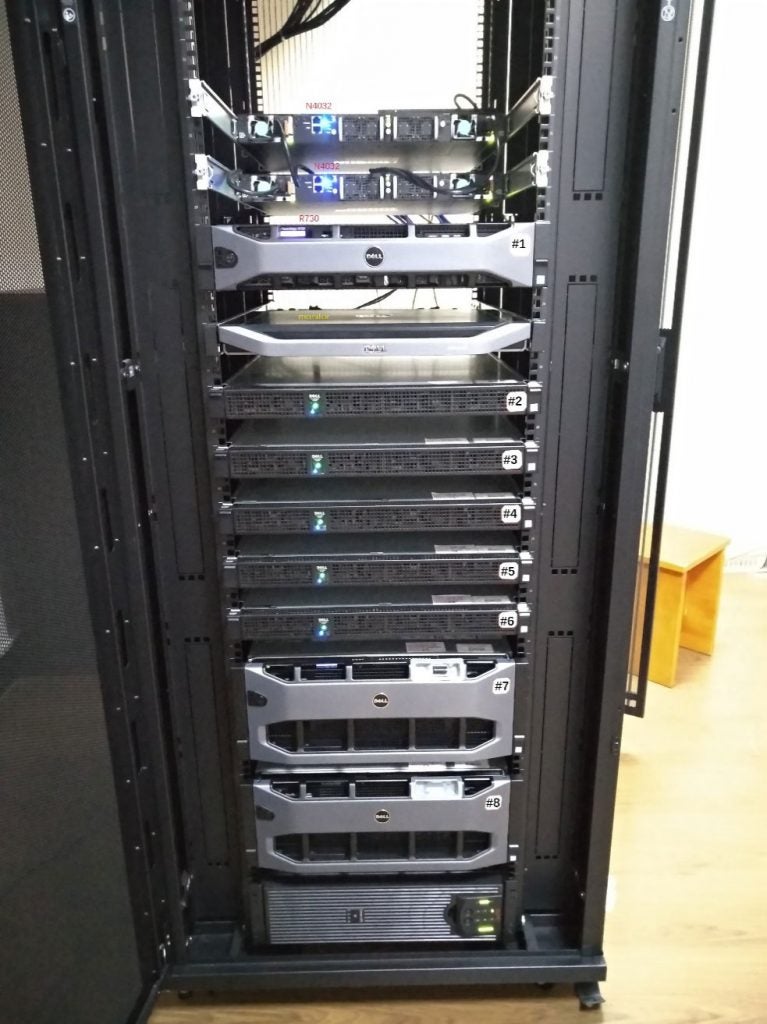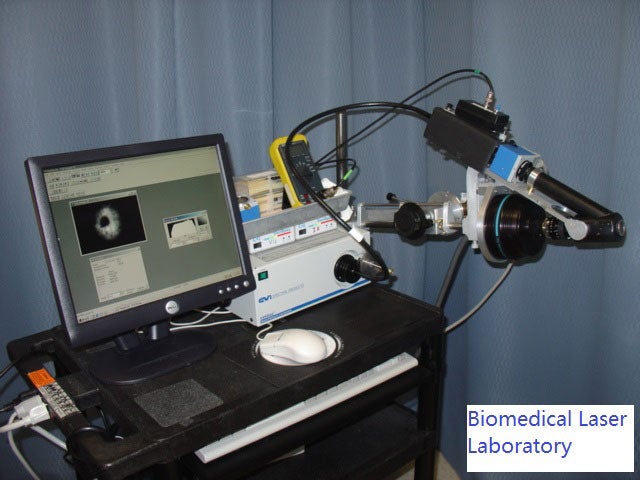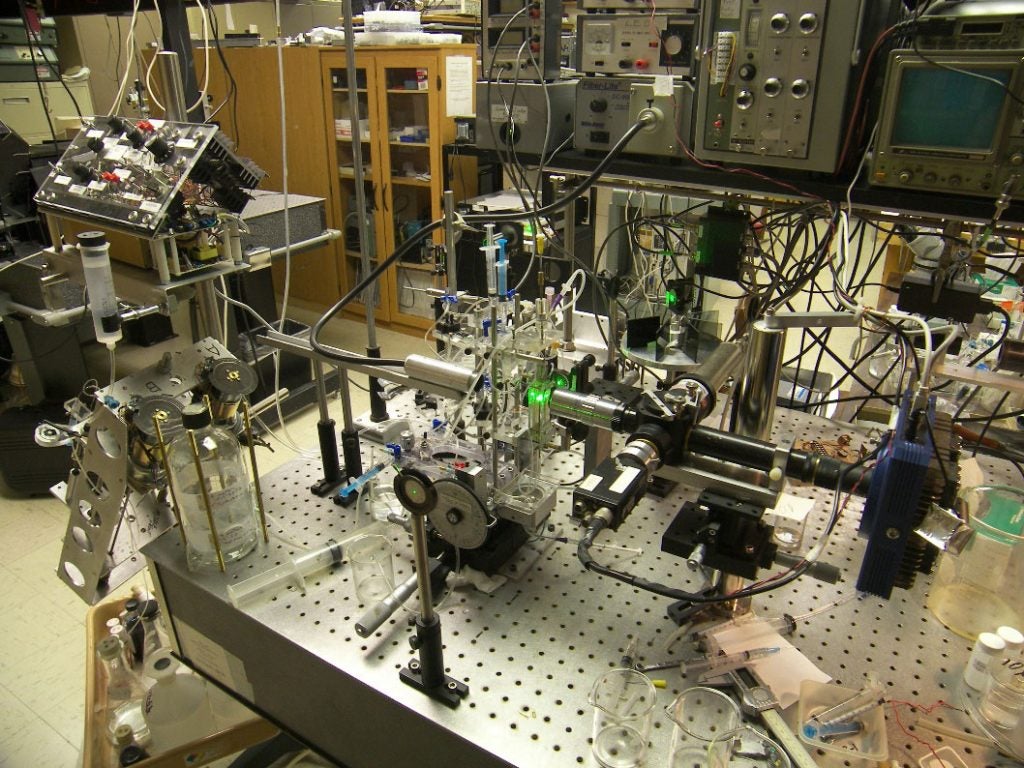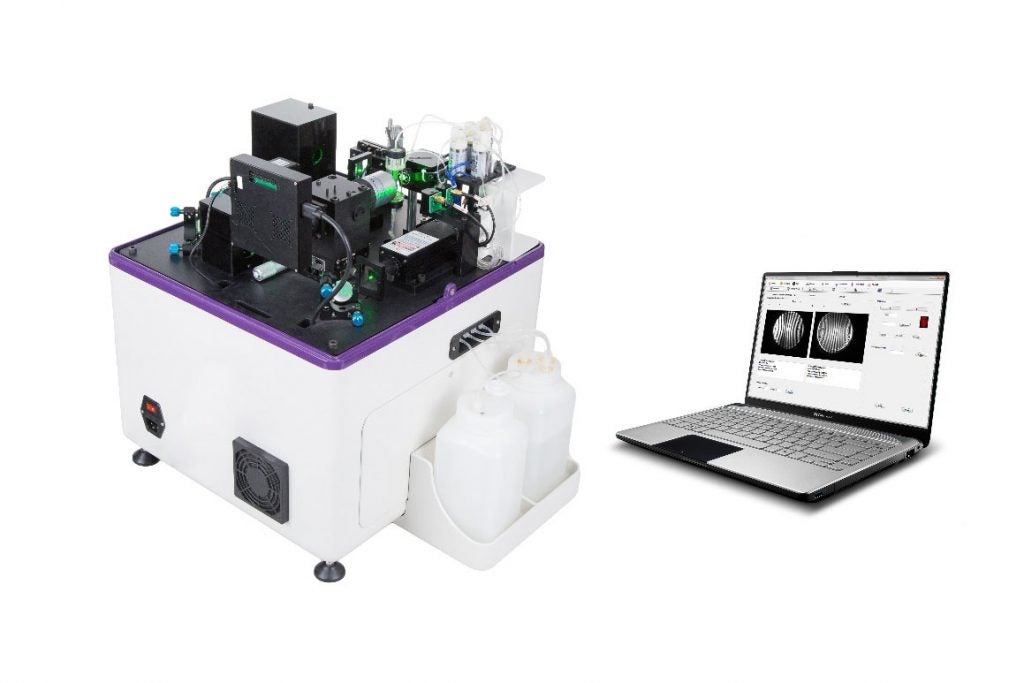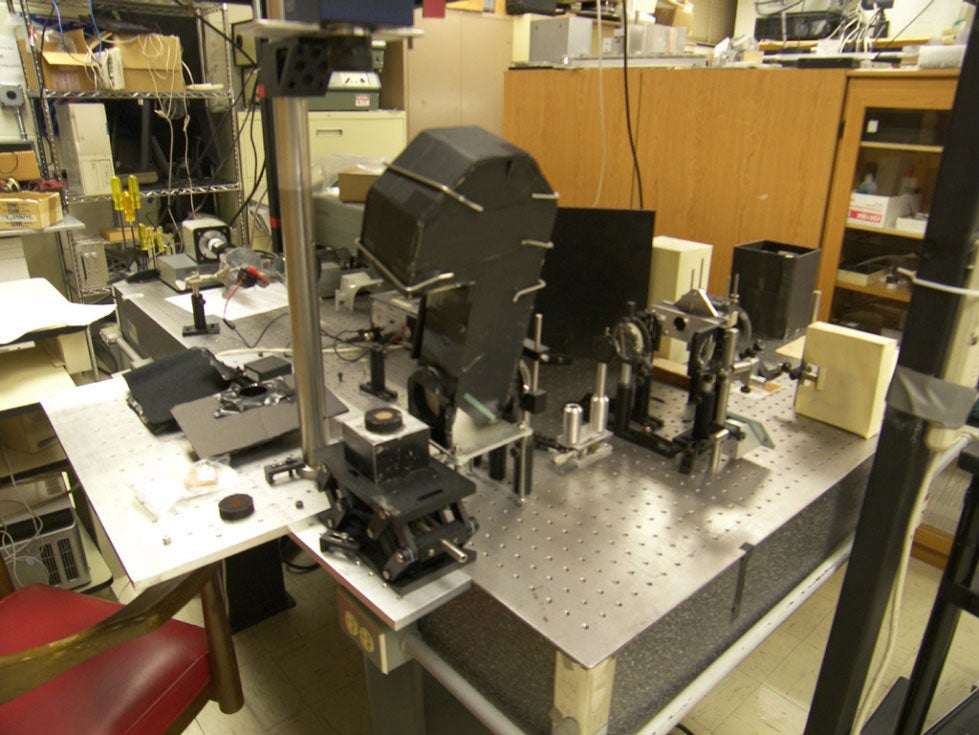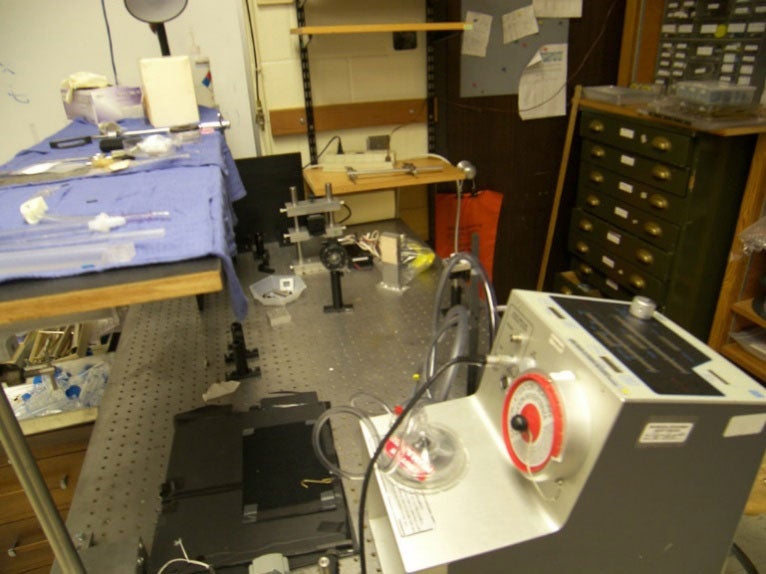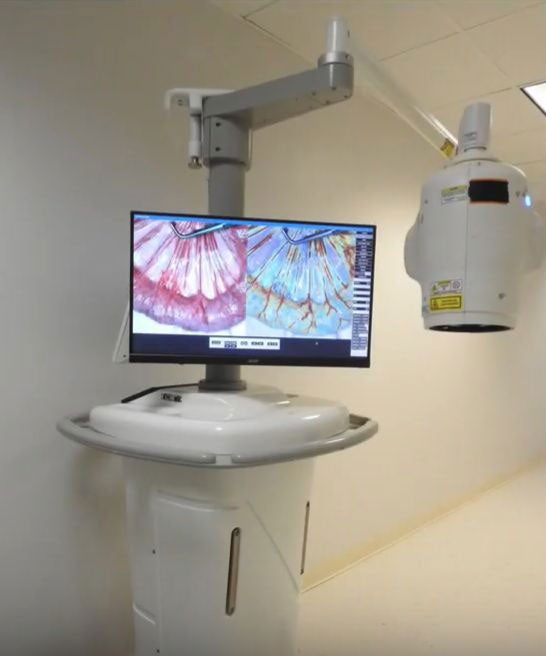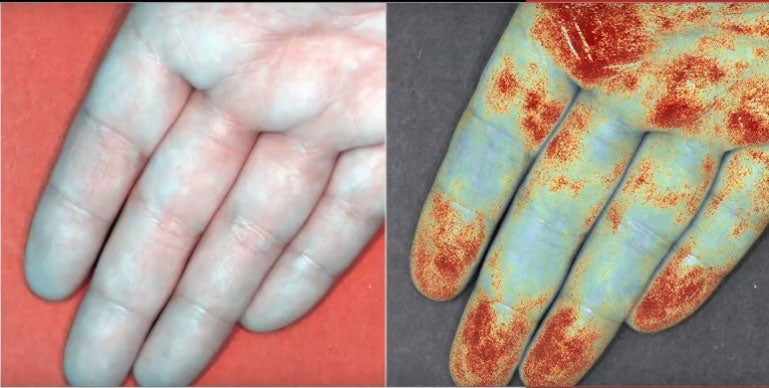Biomedical Laser Laboratory
Light, or electromagnetic radiation in general, is indispensable for life as either the ultimate source of energy for synthesis or the agent of excitation for variation. Our major research interests lie in the understanding of biological systems by investigating their interaction with light. Our long term goal is two-fold: (1) Study the pathways and parameters of energy transfer that are fundamental to the understanding of biological systems; (2) Develop instrumentation for biomedical research.
Over the past years we have developed facilities for laser-optics experimental research and parallel-computing. The computing lab is equipped with a dedicated Beowulf class 16-node cluster of dual-CPU workstations for large scale simulations of cell and tissue optics. Experimental measurements are carried out in the laser lab with computer controlled instruments for data acquisition and analysis. These facilities have enabled us to study biomedical problems by combining experimental studies and numerical modeling. Within this unique and world-class environment, students in the biomedical physics PhD program receive rigorous training and conduct independent research.
The laser lab is located in rooms N214 and C204 of the Howell Science Complex building. Major equipment includes:
- a diffraction imaging flow cytometer;
- high-power Nd:YAG Q-switched laser system;
- a nanosecond N2 and dye laser system;
- multiple cw diode-pumped solid state lasers and diode lasers;
- harmonic generators with nonlinear crystals;
- a UV-VIS-IR spectrophotometer;
- a high-resolution (0.03 nm) spectrometer with a TE-cooled 16-bit CCD camera;
- a compact CCD array spectrometer system;
- 6-inch and 8-inch integrating spheres;
- monochromators and light sources from 200 nm to 2.5 mm;
- a 500 MHz digitizing oscilloscope;
- a laser beam profile analysis system;
- a dual-channel digital lock-in amplifier;
- a boxcar with two gated integrators;
- a synchronized dual-AO modulator system;
- signal synthesizers;
- digital pulse delay generators;
- numerous optical/electronic accessories.
